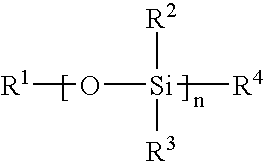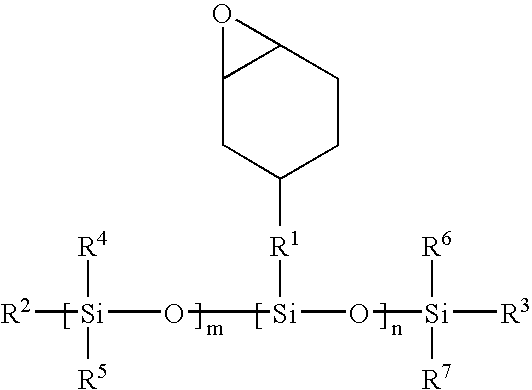Methods for producing, films comprising, and methods for using heterogeneous crosslinked protein networks
a technology of crosslinked protein and network, which is applied in the preparation of glue/gelatin, cytokeratin, peptides, etc., can solve the problems of relatively limited chemical and engineering properties of keratin proteins, and achieve the effect of reducing the number of keratin proteins
- Summary
- Abstract
- Description
- Claims
- Application Information
AI Technical Summary
Benefits of technology
Problems solved by technology
Method used
Image
Examples
example 1
[0067]500 g of clean, dry human hair was placed in a 12 L flask with 8.35 L of 1 w / v % H2O2 and brought to a gentle boil. The reaction was heated without stirring at reflux for 180 minutes. The hair was filtered, rinsed with deionized water and allowed to air dry.
[0068]100 g of oxidized hair was placed in a 2 L flask with 1 L of 1M thioglycolic acid solution adjusted to pH 9 with ammonium hydroxide. The reaction was heated to 60° C. under a nitrogen atmosphere with stirring for 24 hours.
[0069]The mixture of solids and liquid extract was poured into bottles under argon atmosphere. The bottles were sealed and centrifuged to affect separation of the solids. The liquid was cannulated into an 8-fold excess of cold ethanol, under nitrogen, and formed a precipitate. The precipitate was filtered, washed with ethanol, and dried under vacuum. The dried solids were ground to a powder using a mortar and pestle.
[0070]3 g of the keratin powder was dissolved into 15 mL of dimethysulfoxide (DMSO) w...
example 2
[0071]175 g of clean dry hair was placed in a 4 L glass reactor with 3.5 L of 1M mercaptoethanol adjusted to pH 10.2 with potassium hydroxide. The solution was stirred under nitrogen for 21 hours, after which, the solids were separated by filtration. The reduced hair was then extracted with 2.3 of 7M aqueous urea solution at room temperature, under nitrogen, for 24 hours.
[0072]The reaction was centrifuged and the liquid filtered, then neutralized to pH 7 by addition of concentrated hydrochloric acid. The neutralized keratin solution was added dropwise to a 10-fold excess of ethanol to affect precipitation. The precipitate was filtered, rinsed with ethanol, and dried under vacuum. The dried solid was ground to a powder using a mortar and pestle.
[0073]5 g of the ground keratin powder was dissolved in 60 g of 30% ammonium hydroxide solution with the aid of stirring, sonication, and slight heating. After complete dissolution, the ammonium hydroxide was allowed to evaporate with the assi...
PUM
 Login to View More
Login to View More Abstract
Description
Claims
Application Information
 Login to View More
Login to View More - R&D
- Intellectual Property
- Life Sciences
- Materials
- Tech Scout
- Unparalleled Data Quality
- Higher Quality Content
- 60% Fewer Hallucinations
Browse by: Latest US Patents, China's latest patents, Technical Efficacy Thesaurus, Application Domain, Technology Topic, Popular Technical Reports.
© 2025 PatSnap. All rights reserved.Legal|Privacy policy|Modern Slavery Act Transparency Statement|Sitemap|About US| Contact US: help@patsnap.com



